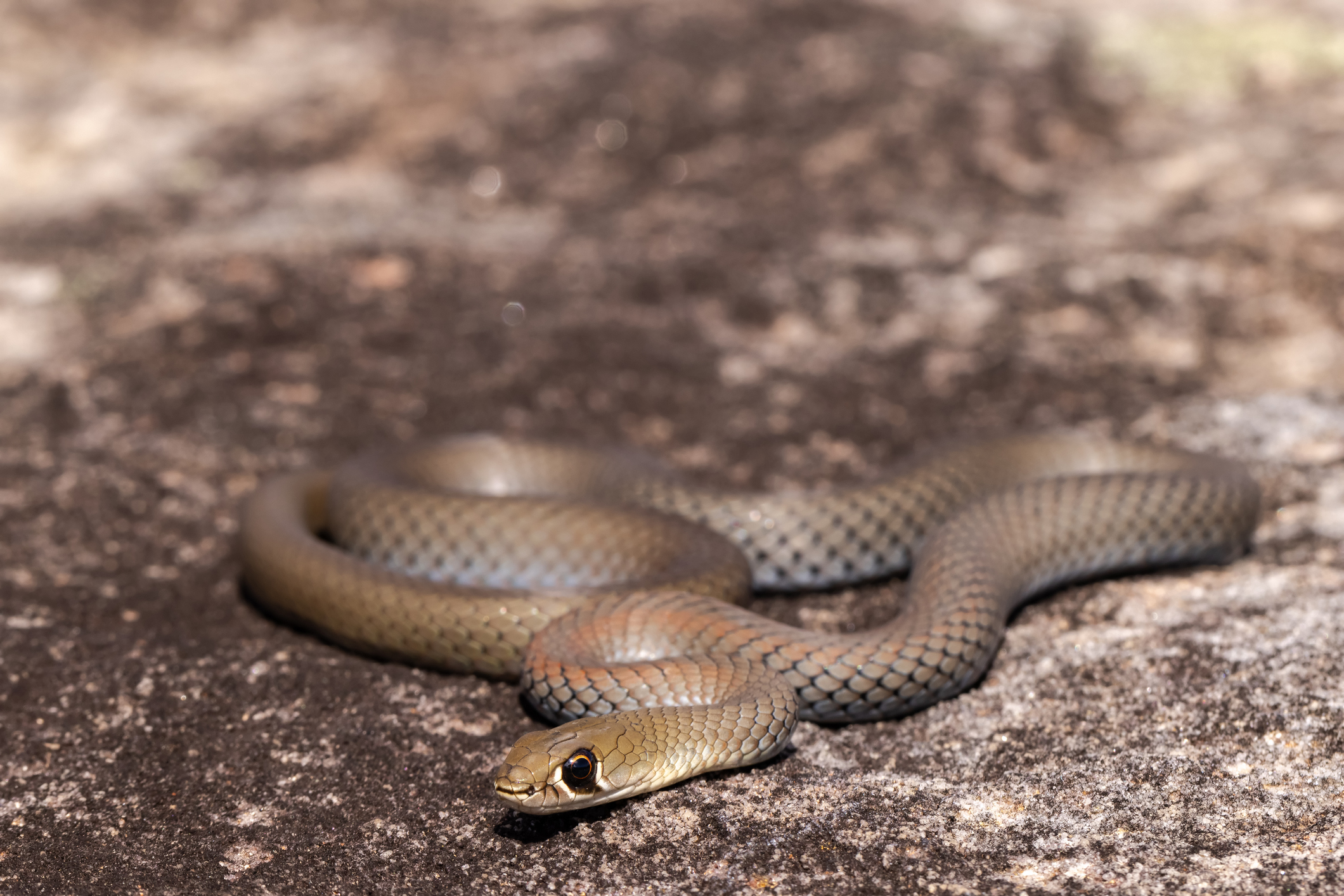Introduction
Tiger serpents (Notechis scutatus) are amongst one of the most interesting yet been afraid reptiles discovered in Australia. With their striking look and powerful venom, these serpents evoke a combination of wonder and care. Observing tiger serpents in their natural surroundings can be an electrifying experience for nature fanatics, wildlife digital photographers, and researchers alike. However, it's critical to approach this endeavor with regard for the animal's habitat and an understanding of precaution to stop serpent bites.
In this extensive guide, we'll check out just how to safely observe tiger snakes in their all-natural habitat. We will cover topics ranging from comprehending https://skillstrainingcollege.com.au/the-common-death-adder-snake/ their behavior and environments to emergency treatment for serpent attacks-- furnishing you with expertise to improve your experience snake bite first aid Australia while lessening dangers.

What is a Tiger Snake?
Tiger serpents are very venomous snakes belonging to Australia, specifically Tasmania and coastal regions. They are known for their distinctive grouped coloration resembling a tiger's red stripes, which can vary from yellowish-brown to dark brownish and even black.
Physical Characteristics
Tiger snakes are medium to large-sized serpents that can mature to 2 meters long. Their bodies are robust, and they have a wide head that is definitely bigger than their necks.
Habitat Preferences of Tiger Snakes
These reptiles usually live in wetlands, estuaries, and seaside areas however can likewise be discovered near freshwater sources like rivers and lakes. Comprehending where these snakes live is important for anybody seeking to observe them safely.
Understanding Tiger Snake Behavior
Are Tiger Snakes Venomous?
Yes, tiger serpents are amongst one of the most poisonous serpent types around the world. Their venom contains neurotoxins that can bring about major medical complications if bitten.
Behavioral Traits
Tiger serpents are generally reluctant creatures; they prefer to stay clear of human interaction. However, they can end up being aggressive if intimidated or collared.
Where Can You Locate Tiger Snakes?
Tiger Serpent Environment Exploration
To safely observe tiger snakes in their all-natural habitat, it's necessary initially to recognize where they prosper. They have a tendency to favor:
- Coastal marshlands Mangroves Swamps Riverbanks
Best Areas for Observation
Some recommended places consist of:
- Tasmanian wetlands The coastlines of southern Australia National parks with water bodies
Safety Safety measures Prior to Observing Tiger Snakes
Understanding the Dangers of a Tiger Serpent Bite
Although experiences with tiger serpents can be exhilarating, recognizing the dangers entailed is critical:
Recognize signs of a snake bite: swelling at the website, pain emitting from the bite area. Know emergency situation calls: Acquaint on your own with regional emergency services. Carry a first-aid kit especially equipped for serpent bites.First Help for Serpent Bites: What You Need to Know
Knowing what steps to take if bitten might save your life or someone else's:
- Stay tranquility; activity increases poison spread. Call for medical help immediately. Do not apply ice or effort suctioning.
How to Safely Observe Tiger Snakes in Their Natural Habitat
When you make a decision to observe tiger snakes in the wild:
Dress Appropriately: Use long pants and sturdy boots. Use Binoculars: Maintain a risk-free distance while observing these reptiles. Avoid Sudden Movements: Quick motions may surprise them. Stay on Developed Trails: Prevent roaming into thick underbrush where visibility is low.Equipment Required for Observation
Essential Equipment Checklist
- Binoculars First-aid kit particularly developed for serpent bites Field guidebook on Australian reptiles Camera (with zoom ability)
Snake Bite First Aid Set Essentials
A well-equipped emergency treatment package ought to include:|Thing|Purpose|| -------------------------------|-------------------------------|| Compression bandage|To paralyze the affected location|| Antihistamines|For allergic reactions|| Emergency get in touch with numbers|Quick accessibility during emergency situations|
Interpreting Tiger Snake Signals
Understanding how tiger serpents interact via body language helps onlookers gauge when it's safe or hazardous:
Common Behaviors
Defensive pose: If curled or increased off the ground. Retreating behavior: When they gradually retreat from possible threats.Dealing With Prospective Encounters
Even with precautions taken, an experience may still occur throughout your observation trip:
Remain tranquility; panicking only enhances risks. Slowly pull back without transforming your back on the snake. Make your presence known verbally yet prevent sudden movements.Frequently Asked Inquiries Concerning Tiger Snakes
1. What need to I do if I see a tiger snake?
Remain tranquility; observe from a range without troubling it.
2. Are child tiger snakes dangerous?
Yes, juvenile tiger serpents are birthed venomous and might pose threats similar to adults regardless of being smaller.
3. How common are tiger serpent bites?
While cases occur yearly in Australia, deaths are rare because of prompt treatment availability.
4. Can I maintain a tiger snake as a pet?
Keeping wild tiger snakes as animals is prohibited in several areas as a result of preservation laws.
5. What does a tiger serpent attack look like?
Bite marks typically reveal two puncture wounds in addition to local swelling and discoloration.

6. How effective is antivenom?
Antivenom therapy is extremely effective when carried out prompt after a bite.
Conclusion
Observing tiger serpents in their natural habitat uses a thrilling possibility for wildlife lovers yet need to first aid for a snake bite - Skill's Training College be approached with caution and respect for both the creature and its setting. By equipping on your own with understanding concerning these interesting reptiles-- consisting of understanding their habits and precaution-- you can appreciate memorable experiences while considerably decreasing risks associated with encounters.
In summary, always prioritize safety by preparing adequately before starting any type of wild animals monitoring exploration-- especially when handling several of nature's most venomous animals like the tiger snake!